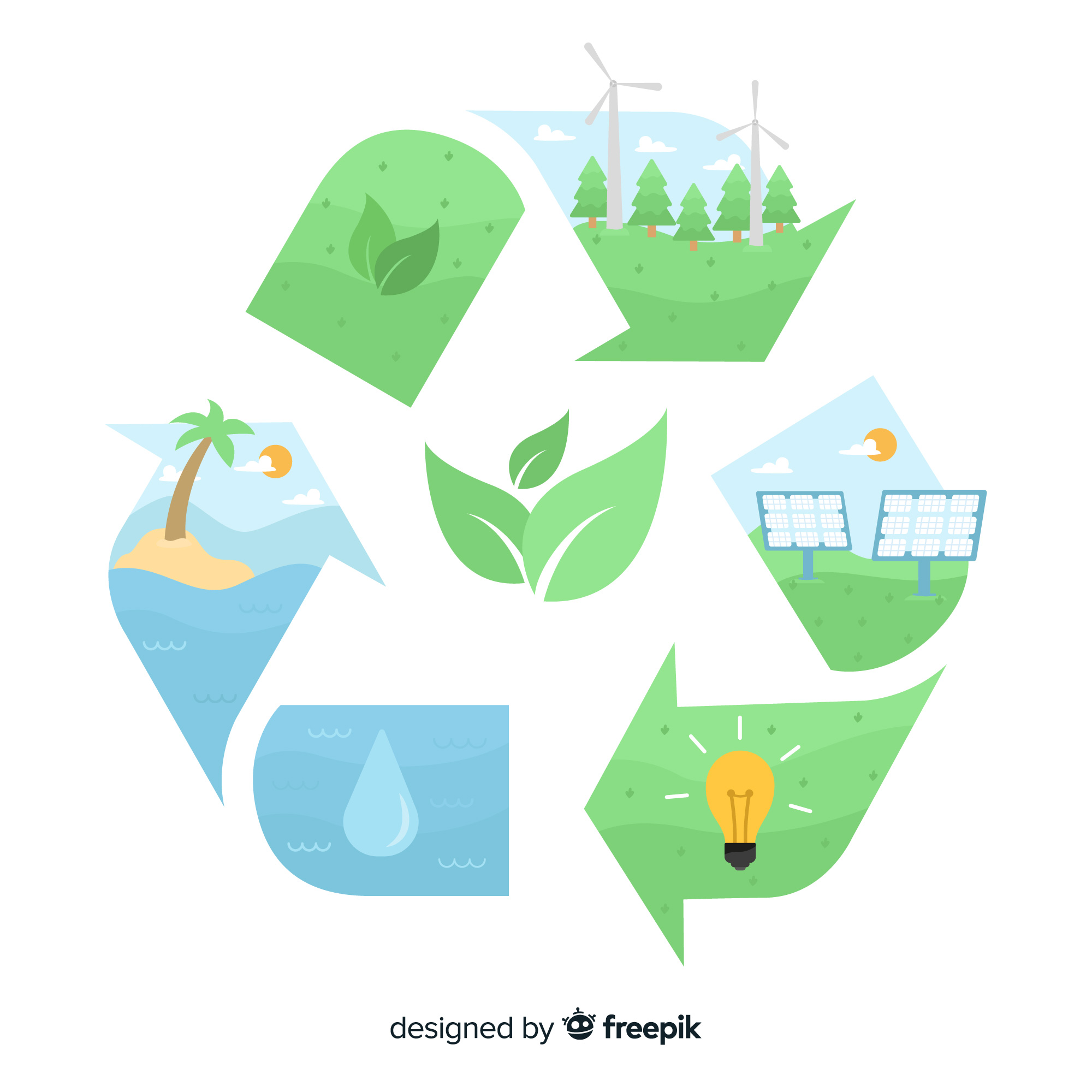Best Practices 2
Title : Water Harvesting and Green Energy Initiatives

Objectives of the Practice
To developing eco-friendly and green campus by utilisation of natural energy sources and preservation of the flora and fauna of the land, conversation of pollution free and green atmosphere and preservation of rainwater by construction of small check dams, maintaining of water bed. To use of unconventional energy, biodiversity, growing medical Plants, response to national energy policy, utilization of solar energy, contribution to the Green Economy are the other objectives. To provide the University community an ambiance that inspires them, to promote and protect natural habitats and to grow medicinal plants
The Context
When 1090 acres of land was identified for establishing the Dravidian University in 1995, it was literally a barren land with hillocks. Except a few patches of greenery here and there, much of the area was covered with bushes and weeds. In the allotted land there were no water stocks. Even the rain water was not found reserved at any place. It was found that creation of water channels was an uphill task. It was felt that the area was not conducive for establishment of an academic institution. It was realised that it could be converted into a green land, if appropriate measures are taken. Since the conversion involves great financial investment, the authorities were looking for helping hand. The Tirumala Tirupati Devasthanams (TTD) came forward to undertake greening process through afforestation by sanctioning of a recurring grant of Rs.50.00 lakhs for which, a MoU was entered with TTD and the Dravidian University campus was named as Srinivasavanam.
The Practice
The University in collaboration with TTD has initiated the project of plantation on the campus, spread over 1090 acres. Initially 75000 saplings at a cost of Rs.35.00 lakhs were planted. Now, the saplings have grown into big trees encircling and beautifying the entire campus. This process of greening has been continued for the last two decades, because of which the University campus is pollution-free.
With an intention to preserve the ancient medicinal knowledge and systems, Dravidian University has earmarked 10 acres of land on which rare medicinal plants are grown. These practices not only preserve the classical system of medicine but also useful to cure the routine and normal health disorders. So far the University has been maintaining 4500 plants of 250 species of medicinal plants in the herbal garden
Kuppam’s climate is classified as tropical. The rail fall is very low. Water conservation and maintenance of the water-bed levels are essential to avoid drought conditions. A sump is constructed with 1.00 lakh litres capacity for collecting the rain water at major buildings and utilise the water for gardening in University Campus. In addition to this 16-major Check Dams and 6 Farm Ponds with a capacity of nearly 787 lakhs and 51 lakh litres respectively are existing on the campus. Also, 40,000 metres long contour trenches are dug for retention of run-off rain water and 35 water Soak Pits (Inkudu Guntalu) are provided for infiltration of rain water besides 400 rock fill dams for preservation of water and stop the soil erosion.
In tune with the National Energy Policy, Dravidian University entered into an MoU with NEW & RENEWABLE ENERGY DEVELOPMENT CORPORATION OF AP LTD (NREDCAP) and M/s. RICH PHYTOCARE PVT. LTD. RICH PHYTOCARE PVT. LTD has installed Roof-top Solar panels in an area 60,000 square feet, producing 430 KWP, which is more than required for the consumption of the University campus. It provides the University with the facility to follow the directions of energy audit and to avoid consumption of diesel in emergencies. The use of solar energy contributes to the green economy. Solar power is incredibly efficient with minimal maintenance and uninterrupted power supply and most importantly, solar panels have zero emission. As there won’t be any power fluctuations, the electrical and electronic equipments of the campus cannot be damaged.
With the help of Green Corporation of Andhra Pradesh, Dravidian University has planted more than four thousand saplings on the campus in this year. This practice will be continued as it is initiated by the State Government. Vanam Manam programme, the recent initiative of the Andhra Pradesh State Government gave boost to the process that began two decades ago as the entire campus community involves.
Evidence of Success
The initiatives that are taken in the last two decades yielded good fruits. The campus now looks like green field with all the plantations, grown up trees, natural and artificial ponds. Check dams, Soak Pits (Inkudu Guntalu) increased the level of water-bed. The greening process and the plantation could keep the campus free from soil erosions. Even in times of drought conditions in and around Kuppam, Dravidian University has been free from such conditions. When there are no rains in the surrounding villages of Kuppam, the campus experiences occasional drizzling, if not rains. The levels of oxygen in the air are highly, conducive for healthy living. The survival of Golden Lichen is an indication for the measures that have been taken for creating the green campus.
Problems Encountered and Resources Required
As the University has not constructed a compound wall covering the entire campus the menace of cattle spoiling the saplings before they are grown up threatens the greenery. The land is full of ups and downs covered with huge boulders. Because of this, diverting the water channels to the required areas is always a tough task. Laying of the roads to the remote areas on the vast campus is also a challenge. To cross these hurdles, a lot of physical labour, technical apparatus and finances are needed.
Kuppam’s climate is classified as tropical. The rail fall is very low. Water conservation and maintain of the water-bed levels are essential to avoid drought conditions. In anticipation of drought conditions, the University has constructed more than — small check dams on its campus, because of this measure the never faced any situation of waterscarcity. During the times of drought in and around Kuppam town, the University did not encounter water problem.
To convert the University into a meadow, it entered into an MoU with Tirumala Tirupati Devastanam, (TTD). In collaboration with (TTD), the University planted sapling on the entire campus, spread over 1090 acres. Initially 75000 saplings were planted. Now, these saplings beautified entire campus and made it pollution-free.
Being a land with hillocks with no plain land construction activity and always being a challenge to the administration. However the university by keeping the rocky and hilly land intact undertook the construction of almost all buildings
In anticipation of drought conditions, the University has constructed more than — small check dams on its campus, because of this measure the never faced any situation of water-scarcity. During the times of drought in and around Kuppam town, the University did not encounter water problem.



